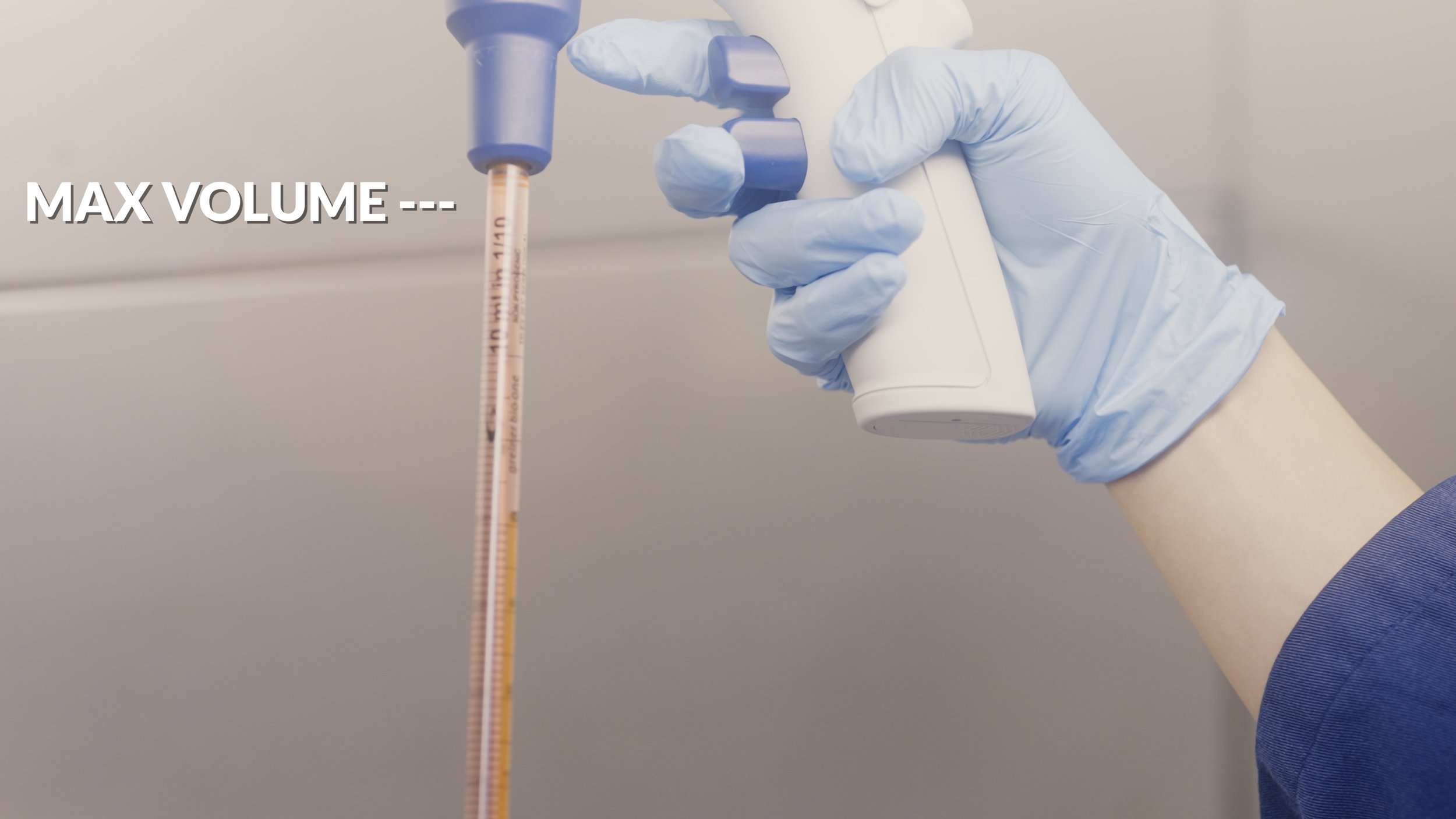

What lies beneath
22 February 2022
Science communication to the general public is hard, and there’s no worse feeling than seeing the light drain from people’s eyes as you explain “what’s so fascinating” about your research project. This issue is further exacerbated in the molecular biosciences, where the processes we study cannot be seen with the naked eye. An inherent distrust can creep in if our scientific findings aren’t shown through a photo, screenshot, or graphic to be shared online. Thankfully we have microscopy, the great equalizer. Being able to magnify microscopic organisms through powerful lenses has been a lifesaver for science communicators.

Stuck in our ways
17 February 2022
Hollywood likes to portray scientists as power-hungry industrialists, ready to veer into madness at a moment’s notice. A radioactive spider here, a zombie apocalypse there. That’s simply the price we pay for… innovation (?). I can’t speak for other scientific disciplines, but none of the biologists I know feel powerful at all. We are all very much at the mercy of the natural order and living organisms are behaviourally, cognitively, and genetically stuck in our ways.

Signal vs Noise
14 February 2022
When making a new video on any topic, I try to avoid reinventing the wheel. The topic for my classes this week is Polymerase Chain Reaction (PCR), and I quickly found dozens of great video learning resources already available on YouTube. The reality is that making new learning resources is just as much about teachers’ professional learning as it is our students. Even if the video doesn’t add anything else to the online conversation, I’ve learnt so much through this process. This is how I need to continually hone my craft as a teacher.

A Bug’s Life
11 February 2022
Compared to their eukaryotic counterparts, bacterial cells can grow in different conditions at a much faster rate. Nutrient media for bacterial cultures is usually much cheaper than media for mammalian cell culture – depending on the cell types you’re comparing, it can be up to 100 times cheaper to grow an equivalent concentration of bacterial cells compared to mammalian cells. This is part 3 in our series on cell and tissue culture, where we will walk through bacterial cell culture as well as cell counting assays that can be used for different cell types.

Can you find the error?
9 February 2022
Science and superstition don’t typically mix, but you find a surprising amount of overlap in these ideas when scientists work on cell and tissue culture. In part 2 of our series on cell culture, we will attempt to highlight common mistakes in Tissue Culture that increase the risk of contamination. You will see a series of cell culture scenarios and each of these is flawed for different reasons. You will have a chance to pinpoint the source of experimental error(s), and we have filmed everything from multiple angles for you to have a very close look.

A Chance to Fail
7 February 2022
Cell & Tissue culture is very susceptible to contamination. Each time a sample is contaminated - whether it be plates, tubes, or flasks in your incubator - days (sometimes weeks!) of progress are lost. The margin for error is very small, and because of this new students are very rarely entrusted with Tissue Culture responsibilities. Therein lies the conundrum - how can young scientists develop a skillset that they were never given the opportunity to practice, a chance to fail?

The “Basics”…?
3 February 2022
It wasn’t until the first year of my PhD, 4 or 5 years into scientific training - that I realized my foundational laboratory skills were much worse than they really should be. The problem was that I didn’t know what I didn’t know, and therefore never asked the right questions. This was the motivation behind BioLab Collective - laboratory training videos that focus on foundational skills in biological science training. This will be an ongoing series where we focus on distinct sets of related lab skills - pipetting and calculations for solutions and dilutions are linked in the videos below.

Online conferencing 101
1 February 2022
Virtual online conferencing does not seem to be going away any time soon, and Early Career Researchers (ECRs) need to exploit every possible avenue to disseminate their work. You need to figure out video, audio, and slides for this completely different medium of communication.

Back to the start
31 January 2022
Here we are again. All of us teachers sitting here in the first month of 2022, worrying about the exact same things that we were facing in the early months of 2020, 2021… (and 2023?)
I recently published an article on Times Higher Education: “An educator’s survival guide for online classrooms”, which walks through strategies I’ve used to troubleshoot technological issues in my teaching
